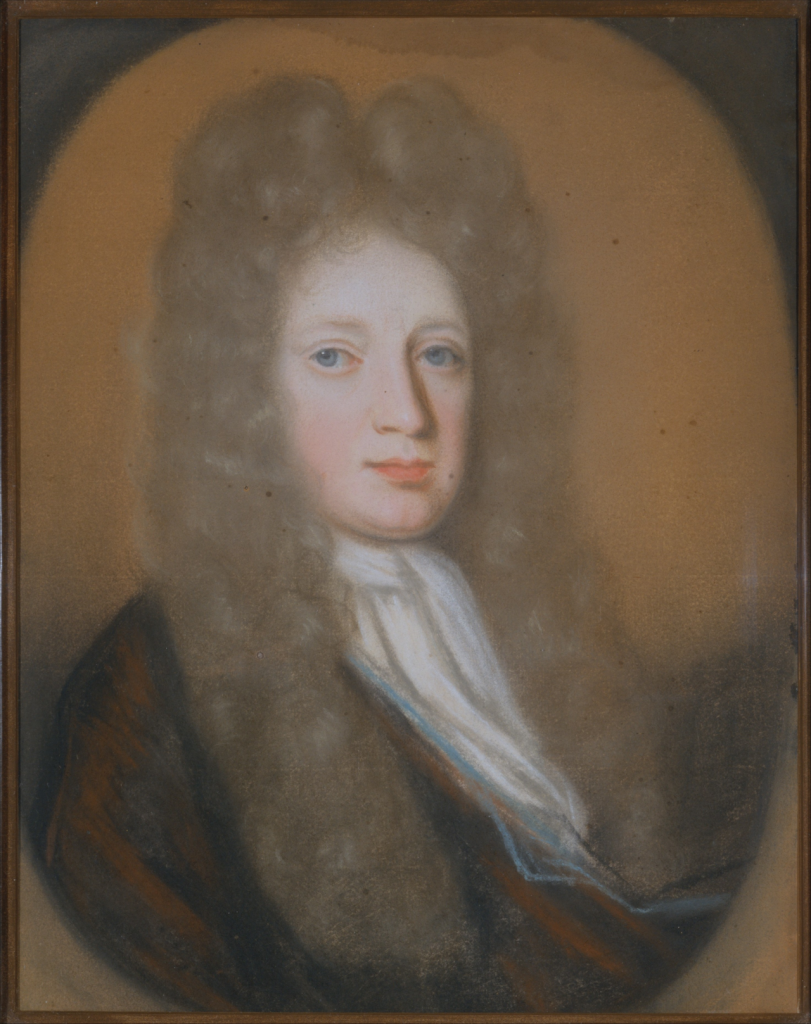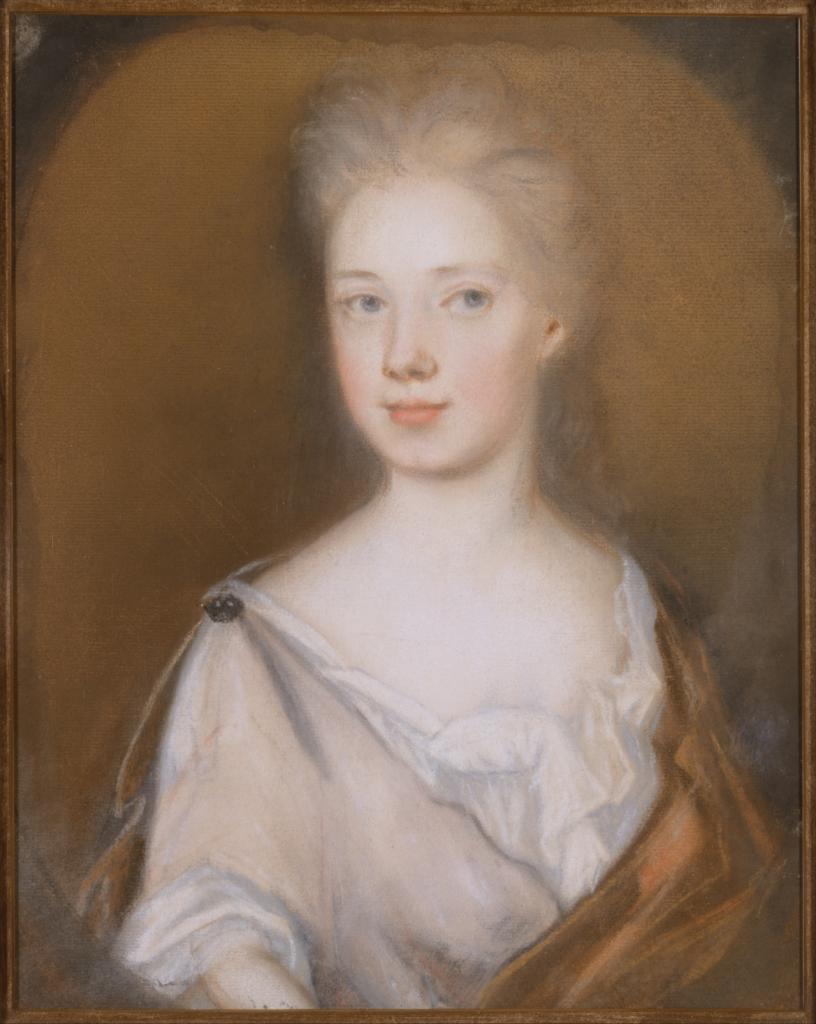Background
Artist Henrietta Johnston was born in northern France around the year 1674. In 1687, her family fled to London to escape religious persecution. In 1694, she married a son of baronet and moved to Ireland. While in Ireland, Henrietta learned to make pastel portraits.
Henrietta’s husband died in 1704, leaving her a widow with two young children. She remarried in 1705. Her second husband, Gideon Johnston, was a minister in the Anglican Church. He had four children of his own, and was in financial trouble. In 1708, he decided to move his entire family to Charleston in the colony of South Carolina, accepting the role of representative for the bishop of London.
The Johnston family continued to have money troubles in their new home, so Henrietta started to work as a professional portraitist for the city’s elite. She is the first recorded professional female artist in the colonies, and the first colonial artist to use pastels. Getting the supplies she needed was difficult, so Henrietta made a trip back to London in 1711. On her return journey, she survived an attack by pirates.
When her second husband died in 1716, Henrietta became the sole provider for her family. Her reputation as an artist spread, and in 1725, she traveled to New York to make portraits for that city’s elite. She died in Charleston on March 9, 1729. Today about three dozen of her portraits survive.
About the Image
This pair of portraits were some of the first Henrietta Johnston completed after she arrived in the South Carolina colony. The subjects, Pierre Bacot and his wife Marianne, were both refugees of the religious wars in France, something they shared in common with the artist.
Henrietta Johnston’s style was much softer than the pastels being created back in Europe, and her subjects wear simpler clothing. Art historians believe Henrietta did this to use less of her precious pastels, which had to be shipped from England.
Vocabulary
- Anglican Church: The official Church of England.
- baronet: The lowest title in the British aristocracy.
- bishop: A leader in the Anglican Church who oversees specific area.
- minister: A member of the clergy in Protestant churches.
- pastel: A crayon made of a paste of powdered pigments and resin.
- refugee: A person who runs to a new country to escape danger.
- religious persecution: Being attacked for your beliefs.
Discussion Questions
- What does this painting reveal about the fashions of the early eighteenth-century American colonies? What does fashion reveal about the culture and values of a society?
- What kind of person could afford to have a professional portrait made? Why is it important to keep this in mind when studying portraits for clues about life in the colonies?
- Why is it important to acknowledge the work and contributions of women artists?
Suggested Activities
- Use these portraits as examples of colonial clothing when teaching about life in the American colonies.
- Compare the clothing depicted in these portraits with the rules for appropriate women’s clothing laid out by Cotton Mather to emphasize the diversity of styles and opinions among white colonials across the American colonies.
- Teach these portraits in conjunction with other examples of eighteenth-century portraits from the colonies and Europe for an art history lesson on what sets Henrietta Johnson’s work apart.
- The wealth of South Carolina colonists like the Bacots was built on the knowledge and labor of enslaved women. Teach these images alongside the Mortar and Pestle for Pounding Rice and the records of the Middle Passage to create a more complete picture of South Carolinian colonial society.
- Henrietta Johnston was one of many women artists in the American colonies. Combine her story with the resources below for a lesson about colonial women and artists: Mourning Poetry of Anne Bradstreet, A Nun Challenges the Patriarchy, Life Story: Maria Sybilla Merian, Revolution in Art, Quapaw Masterpiece, and Art history and art making lesson.
Themes
IMMIGRATION, MIGRATION, AND SETTLEMENT; DOMESTICITY AND FAMILY








